
What PSI Should Electric Bike Tires Be?
Tire pressure is one of those small details that make a big difference in how your electric bike rides. Whether you’re cruising city streets or taking on rougher trails, maintaining the correct PSI (pounds per square inch) in your tires ensures comfort, control, and performance.
Many e-bike riders underestimate how much tire pressure impacts their overall experience — from how efficiently the motor runs to how long the battery lasts. In this complete guide, we’ll explain what PSI your electric bike tires should be, how to check and adjust it, and why isinwheel e-bikes are designed to deliver the perfect tire performance for every ride.
What PSI Should Electric Bike Tires Be? Here's The Answer
There isn’t one single “perfect” tire pressure that fits every e-bike, but most electric bike tires perform best between 35 and 70 PSI. The exact number depends on several factors — tire size, rider weight, terrain, and even weather conditions.
Think of PSI as fine-tuning your ride. Higher PSI means your tires are firm and roll faster on smooth surfaces, while lower PSI provides better traction and comfort on rough or uneven terrain. The goal is to find a balance that suits how and where you ride.
PSI for Each E-Bike Tire Type
The ideal tire pressure varies depending on the type and width of your e-bike tires. Wider tires perform best with lower pressure to improve grip and absorb shocks, while narrower tires need higher PSI to reduce rolling resistance and maintain speed.
Here’s a detailed reference chart to help you choose the right PSI range based on your tire type and riding conditions:
|
E-Bike Tire Type |
Recommended PSI Range |
Best Terrain |
Ride Feel |
|
Narrow Road Tires (1.5"–1.75") |
60–80 PSI |
Smooth pavements, city roads |
Fast, efficient, less rolling resistance |
|
Standard Commuter Tires (1.75"–2.0") |
45–70 PSI |
Urban streets, light gravel |
Balanced, stable, responsive |
|
All-Terrain Tires (2.0"–2.3") |
35–60 PSI |
Mixed paths, uneven roads |
Comfortable, controlled ride |
|
Off-Road/MTB Tires (2.3"–2.6") |
30–50 PSI |
Dirt trails, rocky terrain |
Grippy, cushioned, durable |
|
Fat Tires (3.0"–4.0"+) |
15–30 PSI |
Sand, snow, and soft surfaces |
Extra traction, shock-absorbent |
Why Does PSI on Electric Bike Tires Matter?
It’s easy to overlook tire pressure when you’re focused on motor power, battery range, or design — but your PSI plays a crucial role in how your e-bike performs.
Let’s break down why the correct PSI matters so much:
1. Efficiency and Range
Properly inflated tires reduce rolling resistance, meaning your motor doesn’t have to work as hard. When resistance goes down, your battery lasts longer, giving you more miles per charge. Underinflated tires can sap power and cut your range by as much as 15–20%.
2. Comfort and Ride Quality
If you ride on bumpy streets or uneven terrain, a slightly lower PSI absorbs more shock and vibration. Higher PSI is firmer — great for speed, but it can make rough rides uncomfortable. The right balance keeps your ride smooth and enjoyable.
3. Safety and Handling
Underinflated tires are more likely to puncture or pinch, especially when hitting curbs or sharp objects. Overinflated tires reduce traction, making braking less effective. Correct PSI ensures better grip, stability, and braking control.
4. Tire Longevity
Consistent, correct PSI helps your tires wear evenly. Over time, underinflated tires wear out faster on the sides, while overinflated ones wear in the center. That means fewer replacements and better value from your investment.
5. Motor and Component Protection
Tires act as your first line of suspension. If your PSI is too low, every bump travels straight into your e-bike’s frame and motor mount. That strain can shorten the life of key components. Keeping your tires properly inflated helps protect the entire bike.
Step-by-Step Guide: How to Figure Out the Right Tire Pressure
Getting your PSI right isn’t complicated, but using a systematic approach helps you find the perfect balance between comfort, traction, and efficiency. Here’s how to fine-tune your electric bike tire pressure like a pro.
Step 1: Check the Tire Sidewall
Start by inspecting the sidewall of your e-bike tire — you’ll usually find a recommended PSI range printed there. For example, it may say “40–65 PSI,” which indicates your safe operating window. Stay within this range to protect your tire and rim from damage, and fine-tune the pressure based on how the ride feels. If your e-bike uses pneumatic tires (like most isinwheel models), you’ll have plenty of flexibility to adjust for comfort and performance.
Step 2: Adjust for Your Weight
Rider weight significantly affects how your tires perform. Lighter riders can stay closer to the lower end of the PSI range for a smoother, more cushioned feel, while heavier riders should aim toward the higher end for better stability and reduced rolling resistance. Keeping your PSI aligned with your weight ensures that your tires don’t deform under load, maintaining both comfort and efficiency.
Step 3: Consider the Terrain
Different riding surfaces require different tire pressures to perform optimally. On paved roads, higher PSI helps you roll faster and more efficiently, whereas gravel or uneven paths benefit from slightly lower PSI to improve traction and absorb shocks. If you often ride across mixed terrain, experiment to find a middle-ground pressure that feels stable, responsive, and comfortable in all conditions.
Step 4: Use a Reliable Pressure Gauge
Accurate tire pressure readings make a huge difference in e-bike performance. Instead of guessing by squeezing the tire, use a digital pressure gauge or a floor pump with a built-in meter to get precise results. Check your tires at least once a week or before longer rides to maintain optimal PSI and prevent slow air loss from affecting your handling or battery range.
Step 5: Account for Temperature
Temperature changes naturally affect air pressure inside your tires. In cold weather, PSI drops as the air contracts, so adding an extra 2–3 PSI can help maintain proper inflation. In summer, air expands, so it’s best to check your tires more frequently and avoid overinflation, which can make the ride harsh and reduce traction.
Step 6: Recheck Regularly
Even the best-maintained e-bike tires lose air gradually over time. On average, you can expect to lose around 1–2 PSI per week, especially if the bike isn’t used daily. Make it a habit to recheck your PSI regularly — ideally before each ride — just like you would check your brakes or battery level. Consistent monitoring ensures your e-bike always delivers a safe, efficient, and comfortable ride.
isinwheel E-Bikes: Built for Perfect Tire Pressure and Balance
When it comes to performance, comfort, and durability, isinwheel e-bikes are engineered to make the most of every PSI. Every model is equipped with pneumatic tires that balance air pressure perfectly for real-world riding — whether it’s city commuting or off-road adventure.
Here’s a detailed look at how tire design and PSI performance vary across popular isinwheel models:
|
Images |
 |
 |
 |
 |
 |
 |
|
Models |
||||||
|
Peak Power |
500W |
500W |
500W |
500W |
500W |
750W |
|
Battery |
36V 7.8Ah |
36V 13Ah |
36V 7.8Ah |
36V 10.4Ah |
36V 10.4Ah |
36V 10.4Ah |
|
Max Range |
28 miles |
65 miles |
35 miles |
60 miles |
55 miles |
55 miles |
|
Speed (before unlock) |
10/15/25 km/h |
6/10/15/20/25 km/h |
10/15/25 km/h |
6/10/15/20/25 km/h |
6/10/15/25 km/h |
6/10/15/20/25 km/h |
|
Speed (after unlock) |
15/25/32 km/h |
10/15/20/25/32 km/h |
15/25/30 km/h |
6/10/15/20/35 km/h |
15/25/30 km/h |
10/15/20/25/32 km/h |
|
Max Load |
120 kg |
120 kg |
120 kg |
150 kg |
120 kg |
120 kg |
|
Net Weight |
23.2 kg |
27 kg |
23.3 kg |
27kg |
26.5 kg |
28.4 kg |
|
Suspension |
Rear mid shock absorber |
Front suspension |
Adjustable front fork + comfort saddle |
Hydraulic fork |
Dual |
Aluminum front fork |
|
Max Climb |
20% |
37% |
25% |
20% |
20% |
20% |
|
Tire Size |
14×1.95" |
26×1.95" |
16×1.75" |
26×1.95" |
16×2.15" |
26×1.95" |
|
Tire Type |
Pneumatic |
Pneumatic |
Pneumatic |
Pneumatic |
Pneumatic |
Pneumatic |
|
IP Rating |
IPX4 |
IP65 |
IPX65 |
IPX5 |
IPX4 |
IPX4 |
|
Removable Battery |
No |
Yes |
No |
Yes |
Yes |
Yes |
|
Rider Height |
150–185 cm |
160–192 cm |
155–185 cm |
160–190 cm |
140–180 cm |
150–192 cm |
Conclusion
So, what PSI should electric bike tires be? Most e-bike tires perform best between 35 and 70 PSI, depending on tire type, rider weight, and terrain. Narrow tires need higher PSI for speed and efficiency, while wider or fat tires perform better with lower PSI for comfort and grip.
Getting your pressure right keeps your ride smooth, efficient, and safe. isinwheel e-bikes make it simple, featuring durable pneumatic tires and smart design for easy maintenance and top performance—no matter where you ride.
FAQs
How much air should I put in my electric bike tires?
Most e-bike tires perform best between 35–70 PSI, depending on tire width, rider weight, and terrain. Always follow the PSI range printed on your tire’s sidewall.
Is 40 PSI ok for bike tires?
Yes, 40 PSI is ideal for most commuter and hybrid e-bikes. It gives a good mix of comfort, grip, and rolling efficiency.
What should the tire pressure be on an EV?
For electric vehicles like e-bikes, tire pressure typically falls within 35–70 PSI depending on the tire type. Maintaining proper PSI improves efficiency, range, and ride quality.
Should my tires be 32 or 35 PSI?
For standard e-bikes, 35 PSI is generally better than 32 PSI, as it keeps the tire firm enough for smooth rolling and improved battery efficiency. However, if you ride on rough terrain or prefer a softer, more cushioned feel, slightly lowering the PSI (closer to 32) can enhance comfort without sacrificing too much performance.
The Latest Posts
Explore isinwheel products
City E Scooter | Off-Road Scooter
Fastest Scooter | Kids Scooters
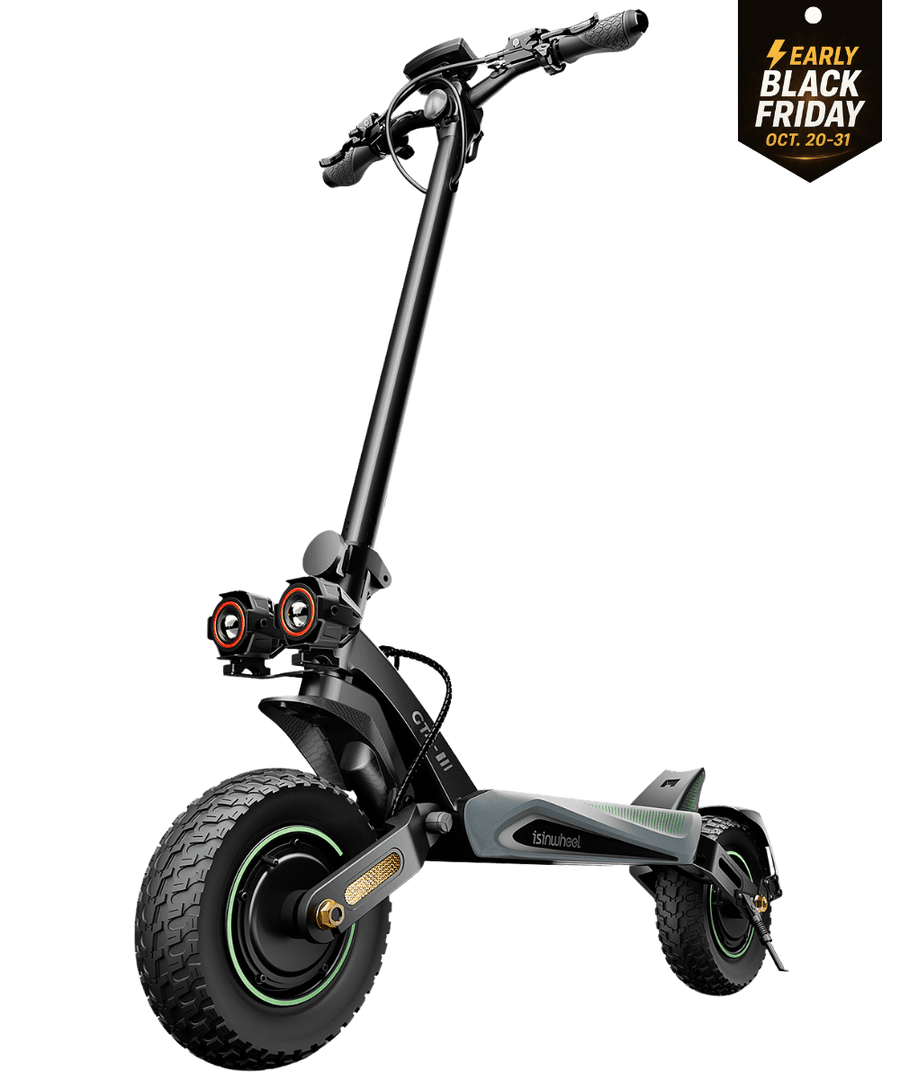
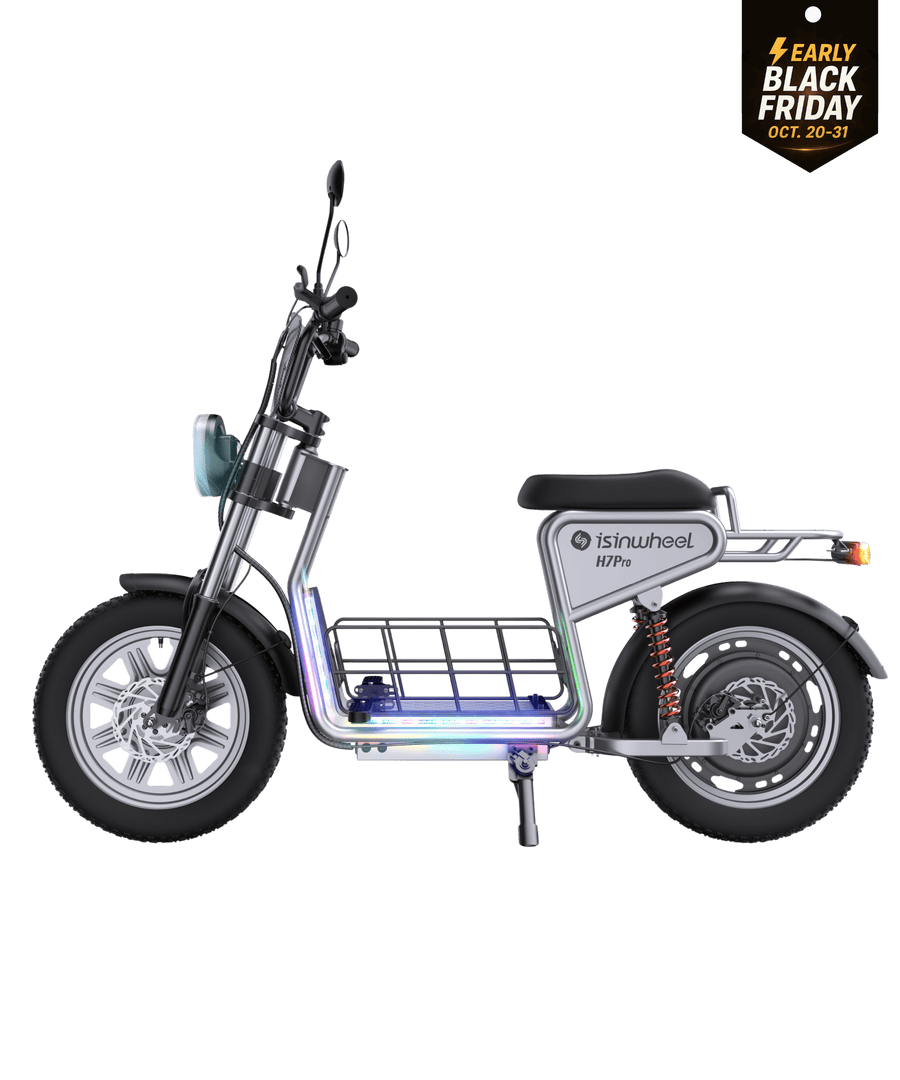
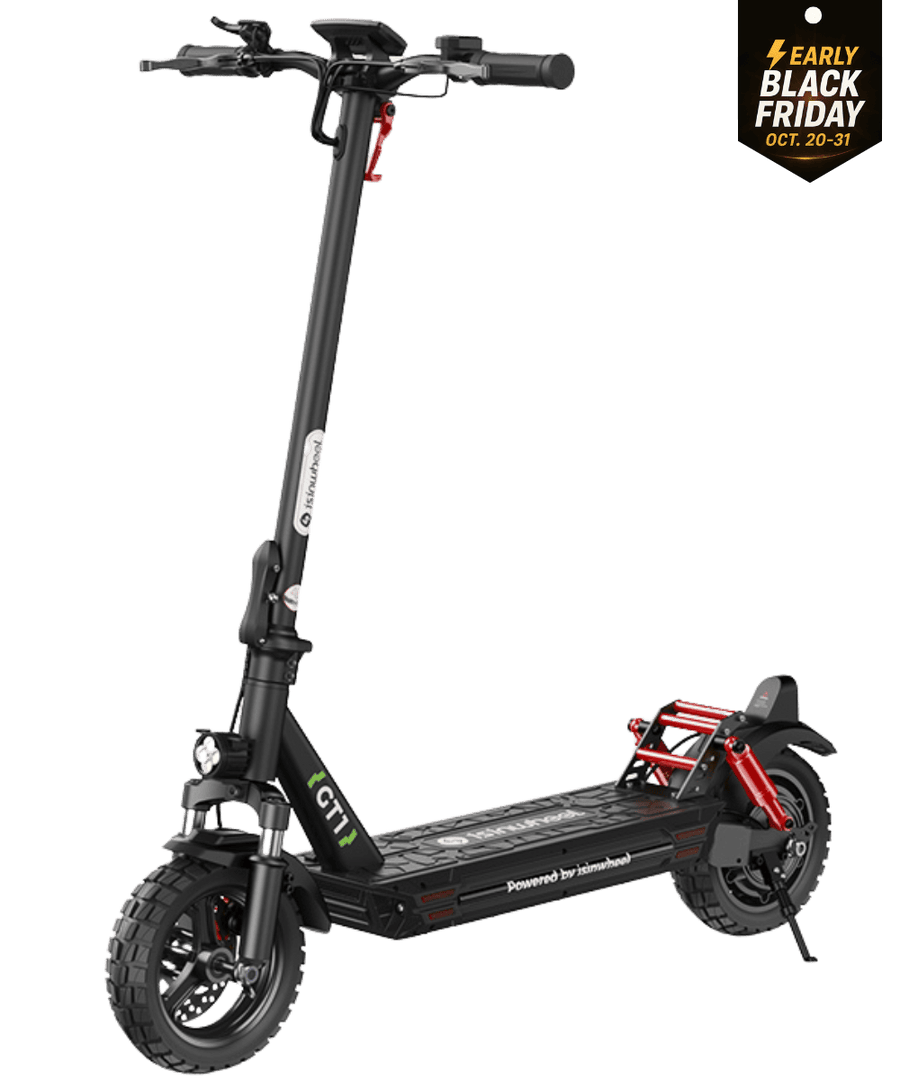
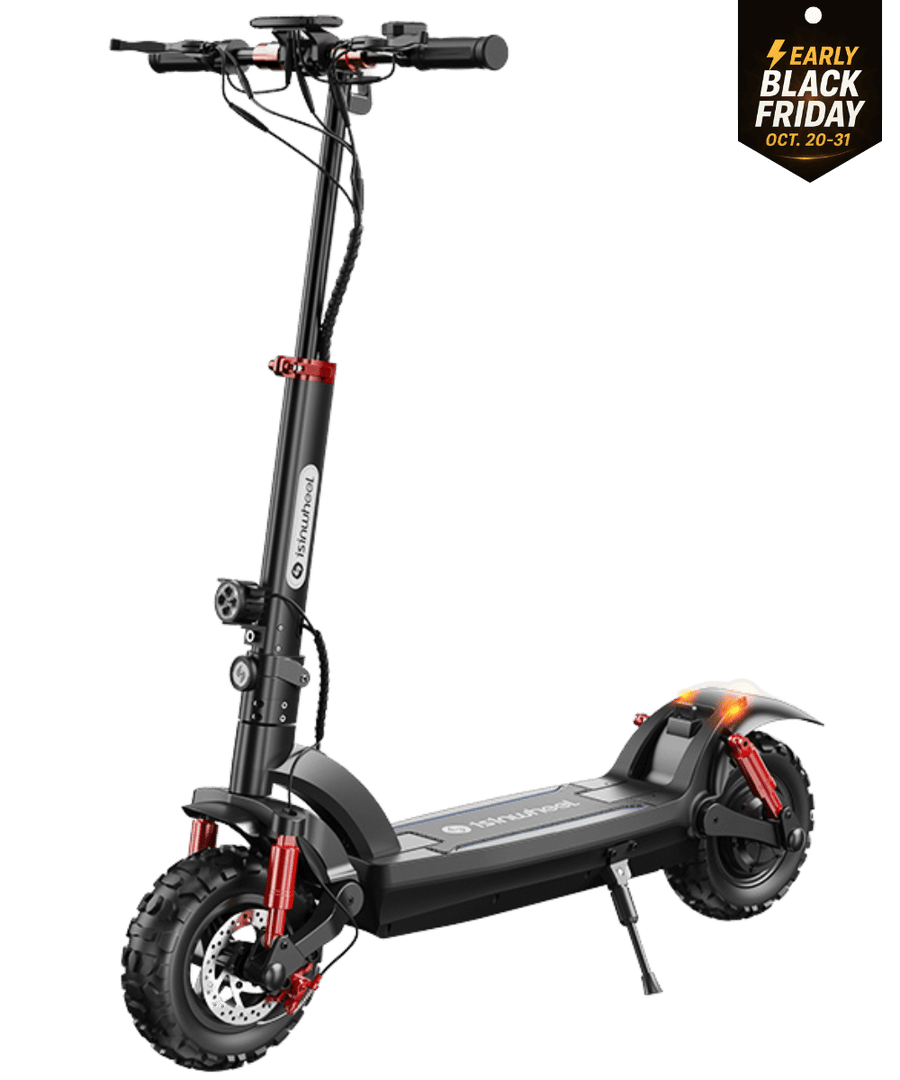
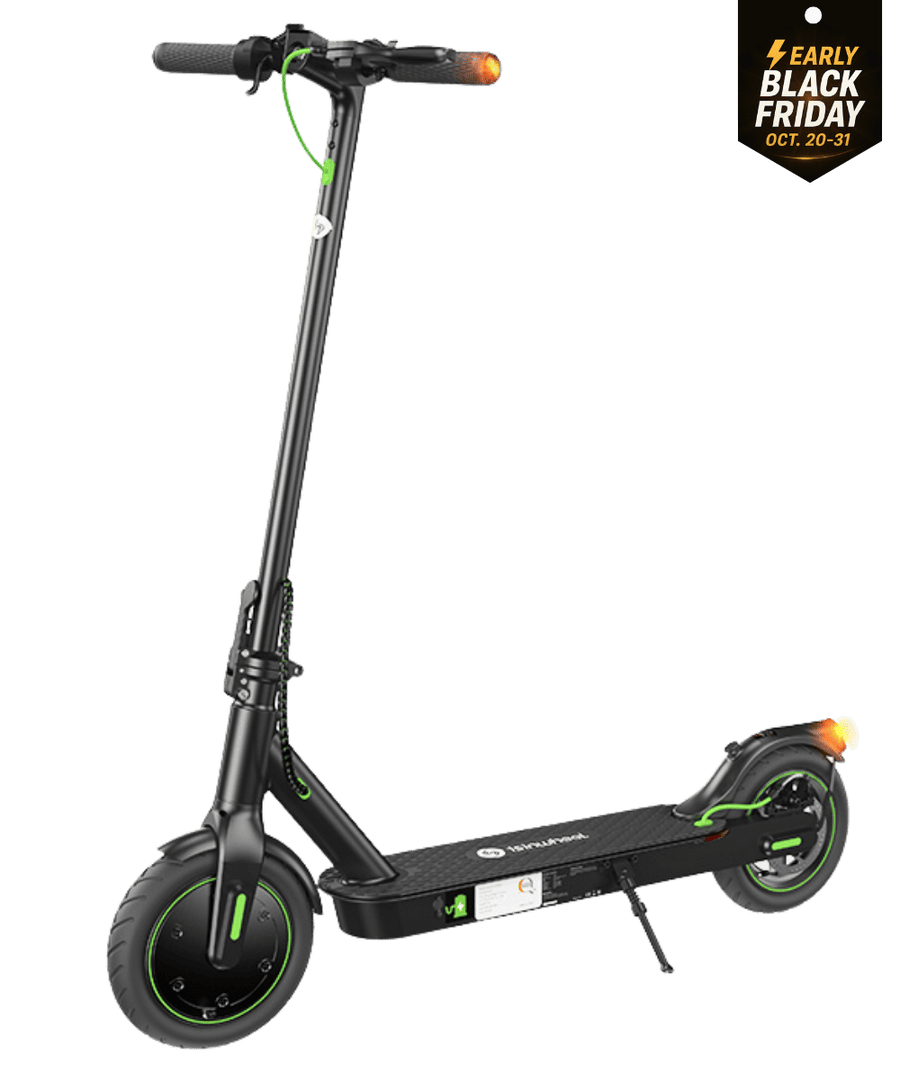
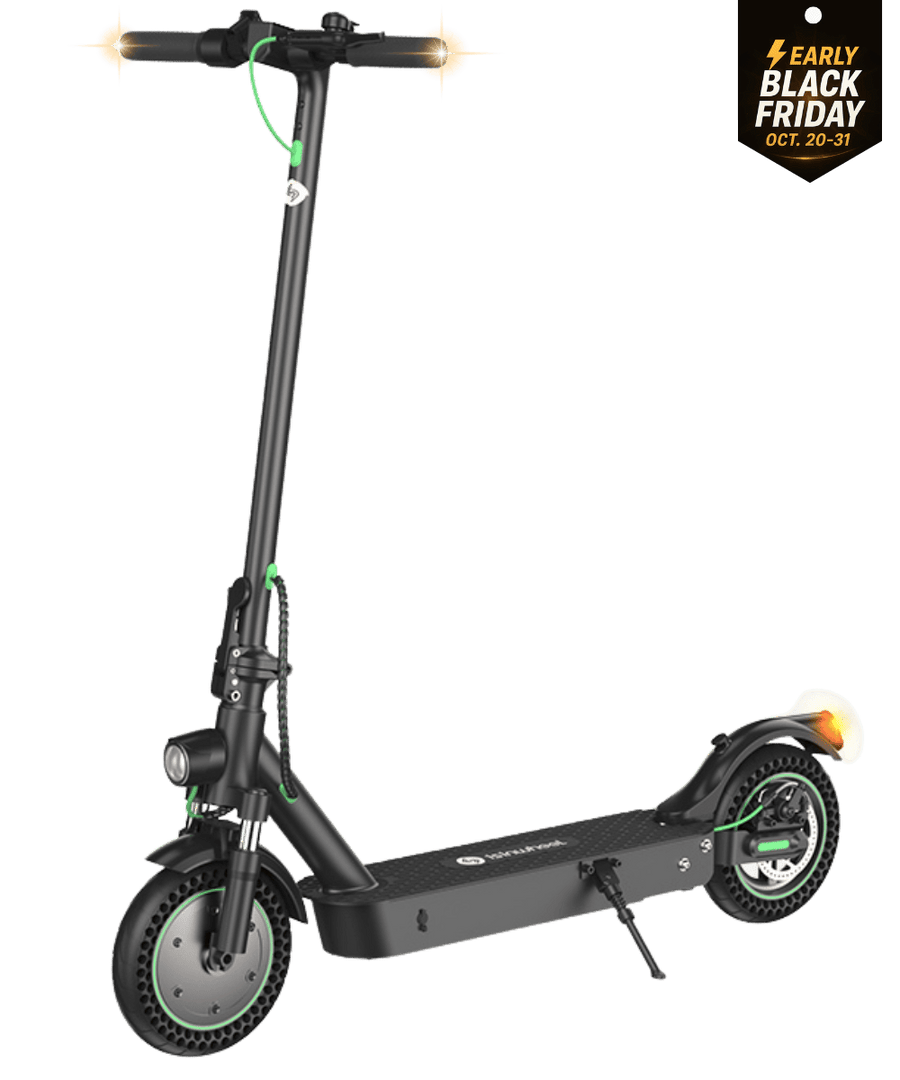
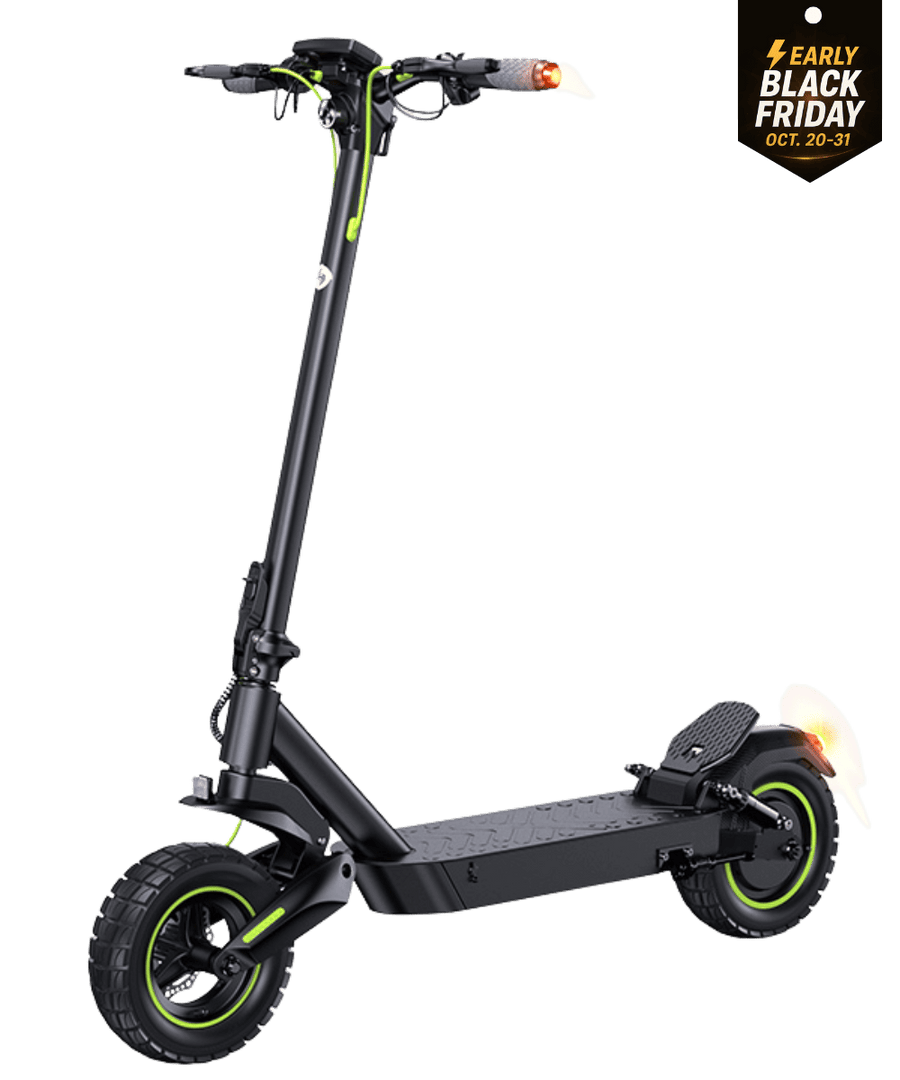
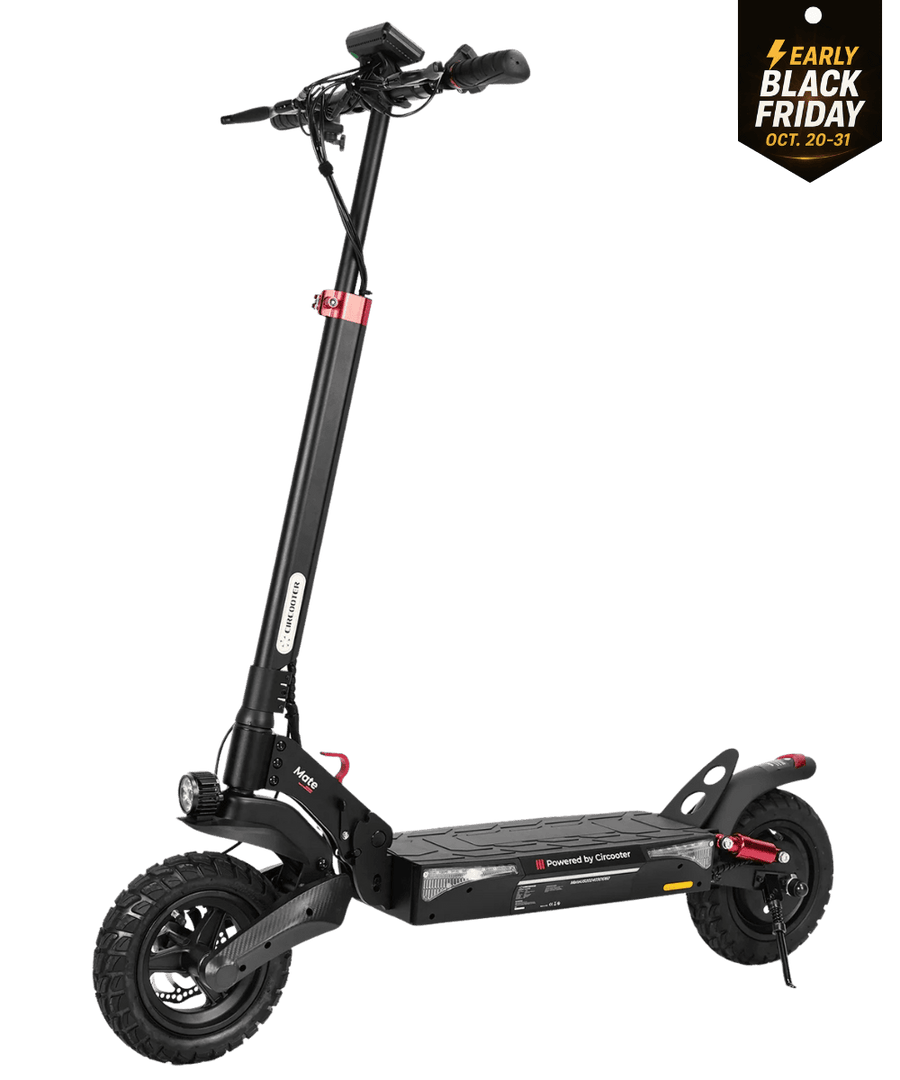
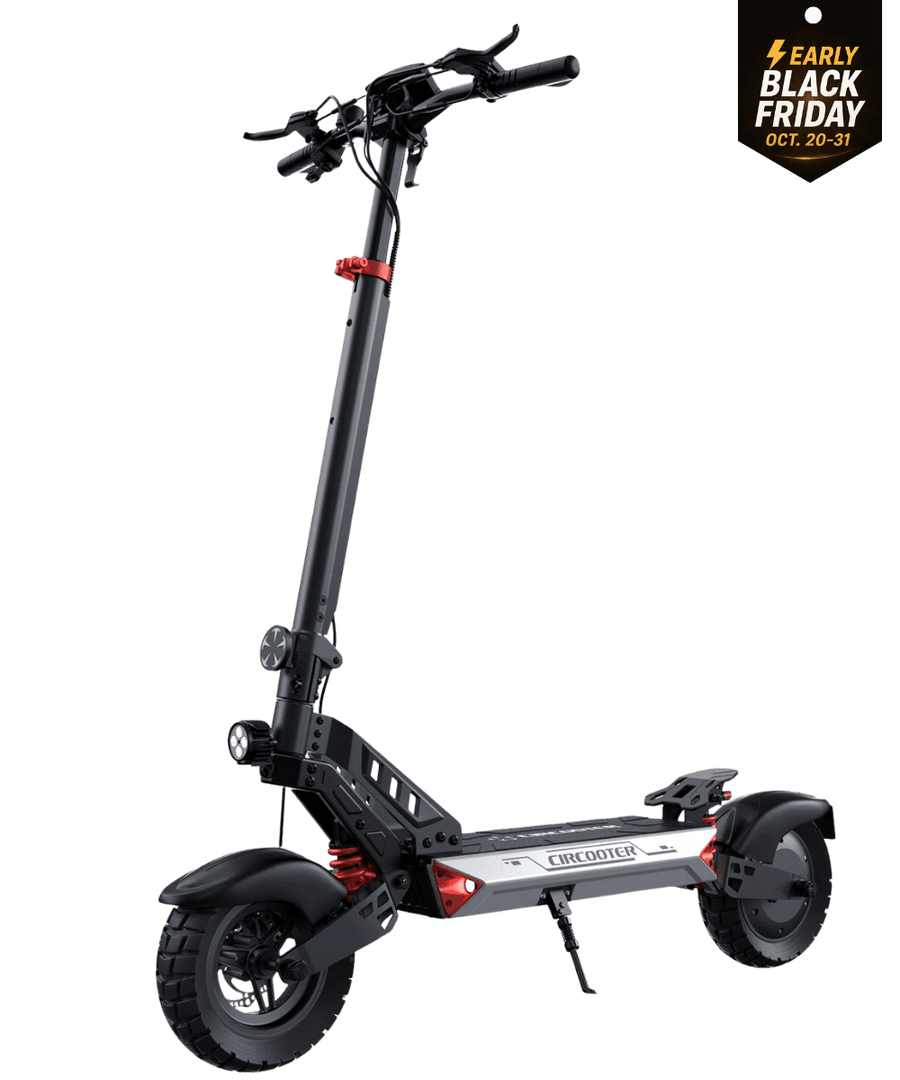
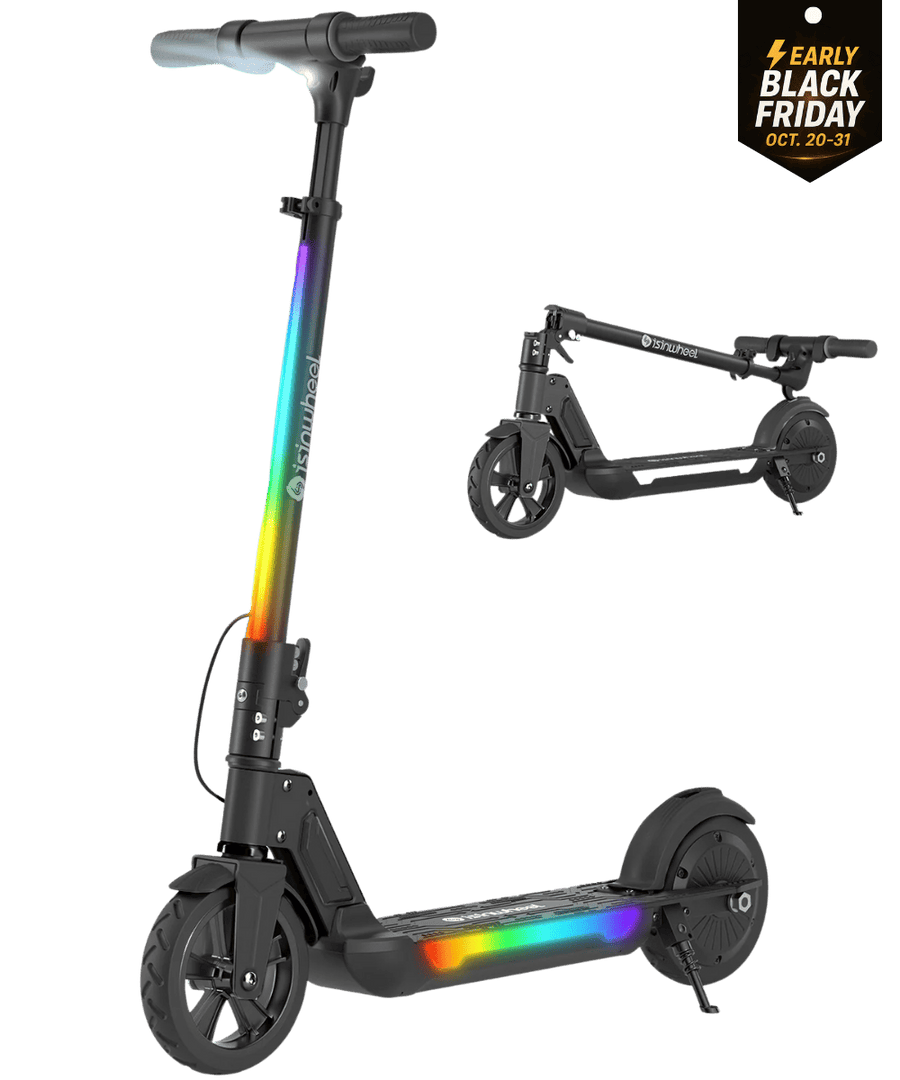
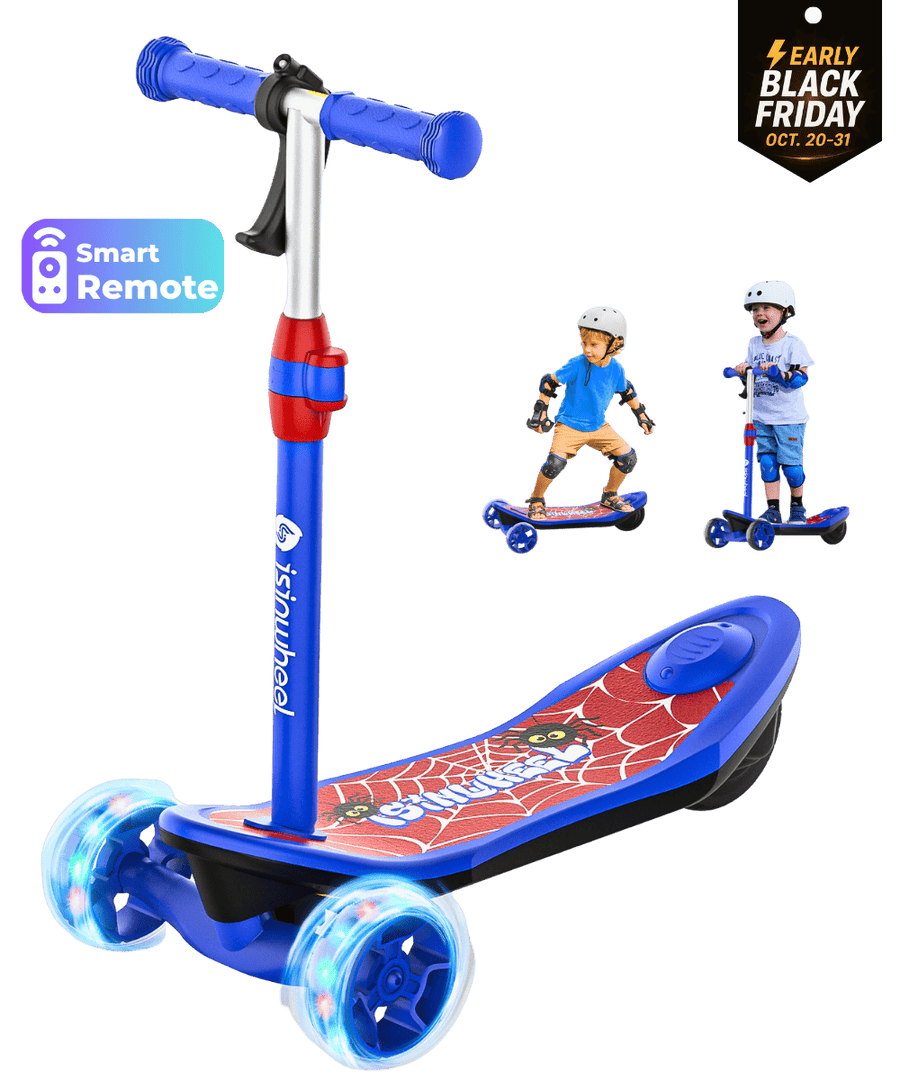
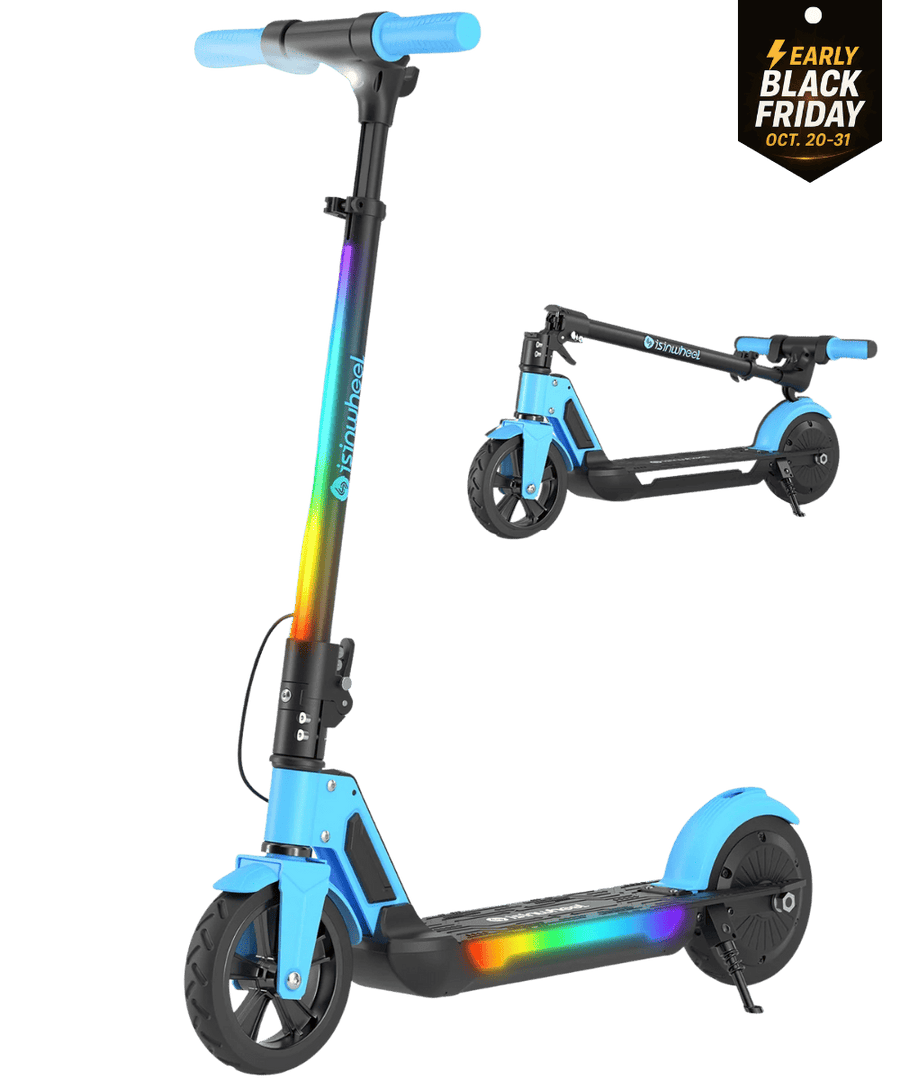
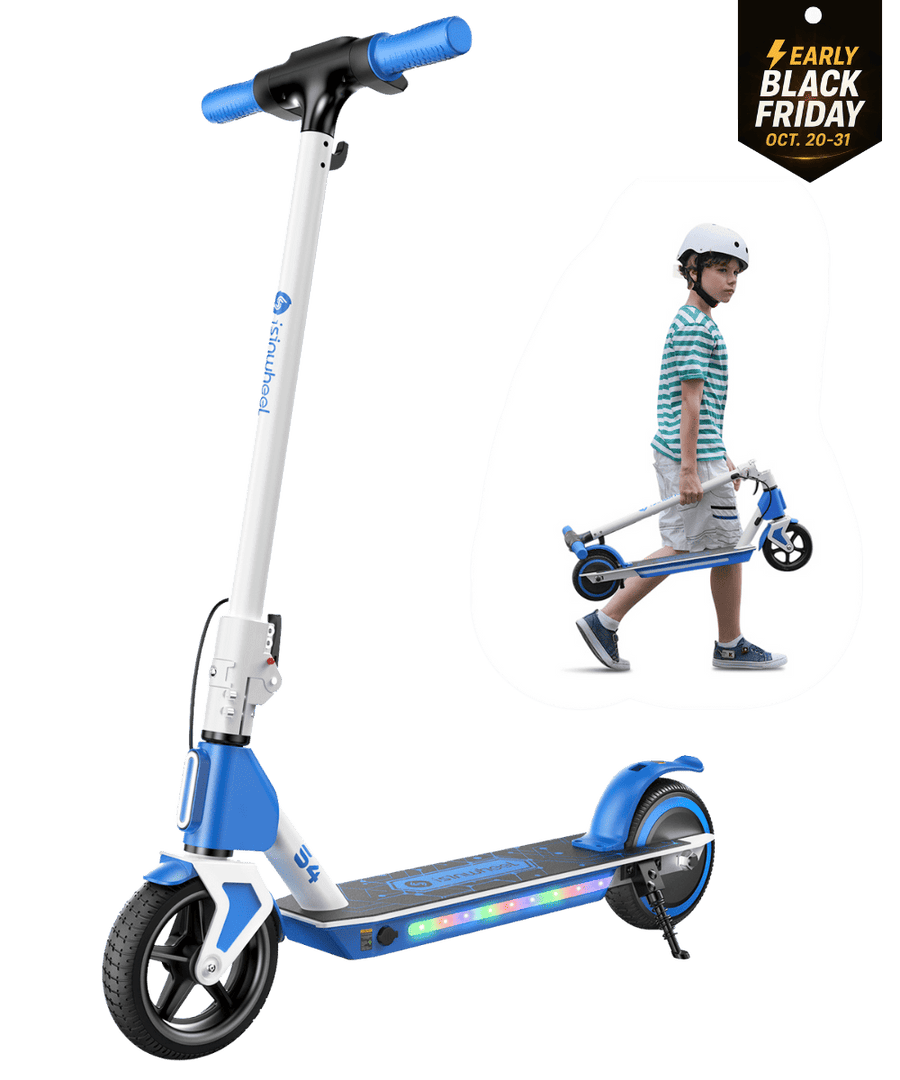
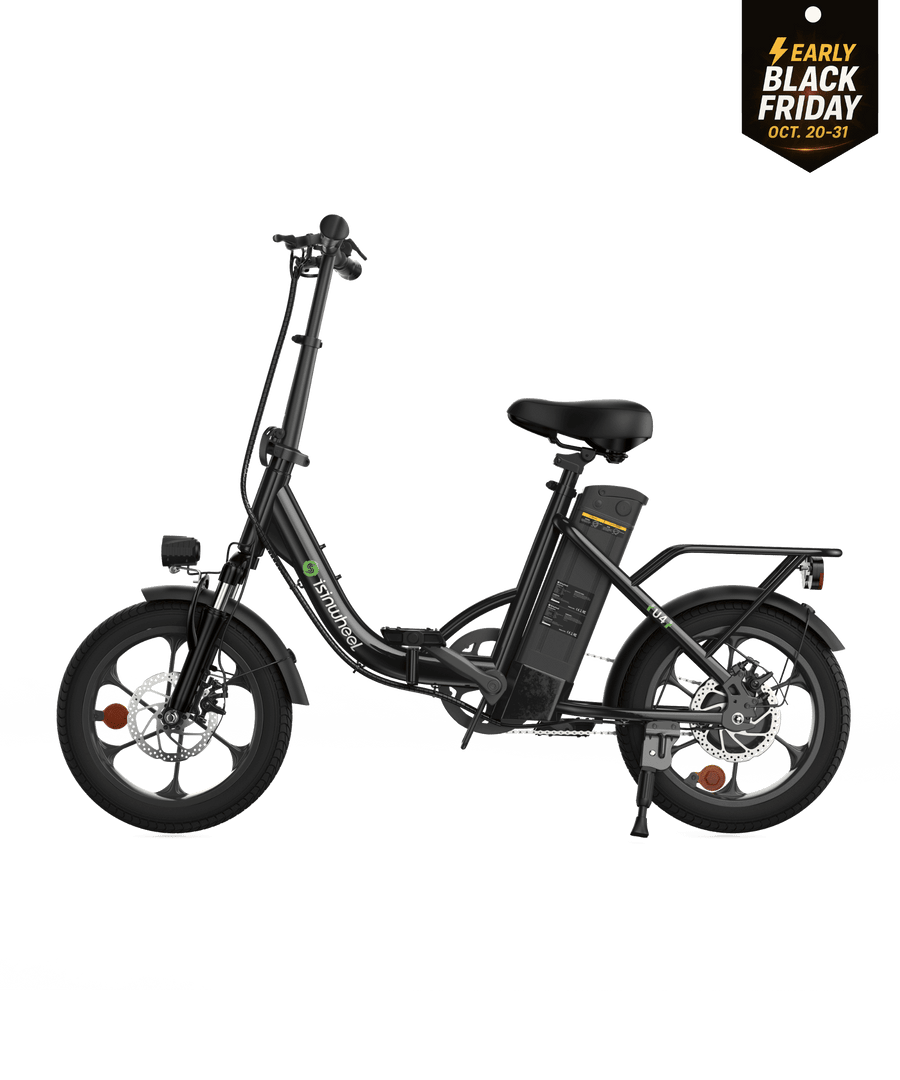
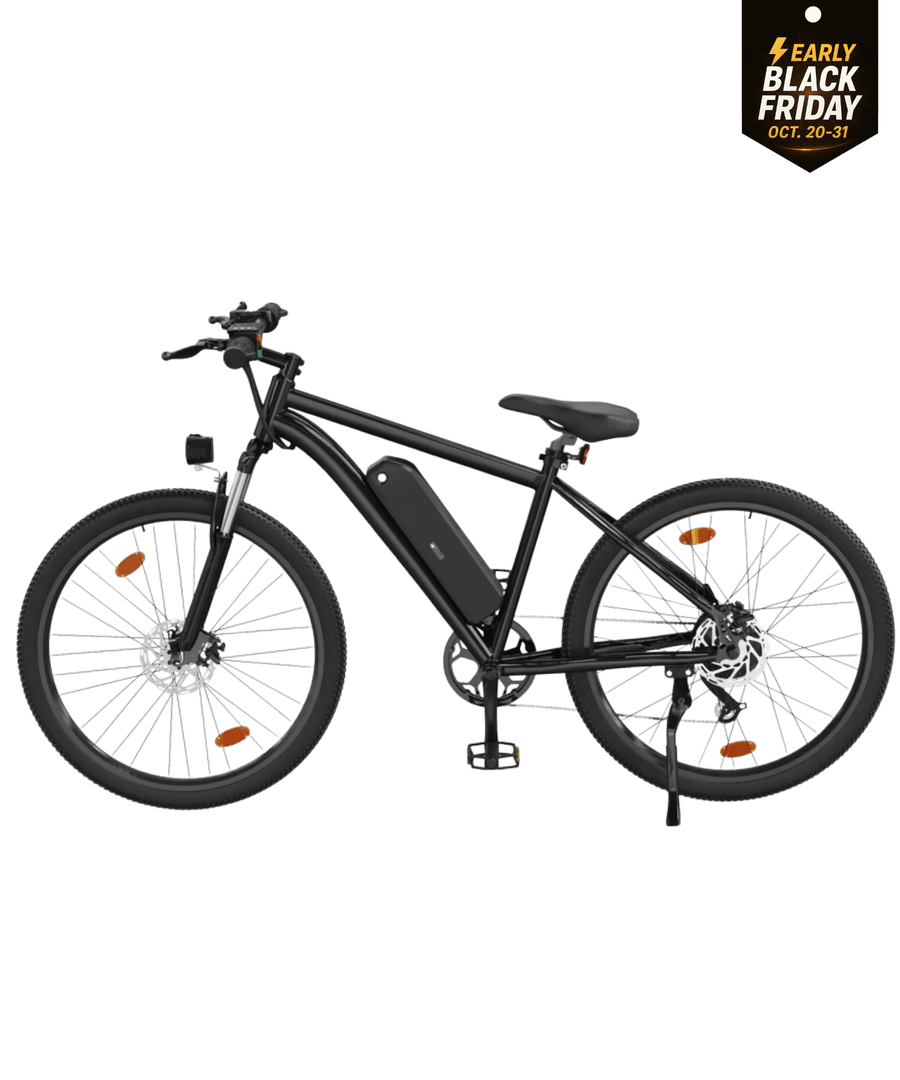
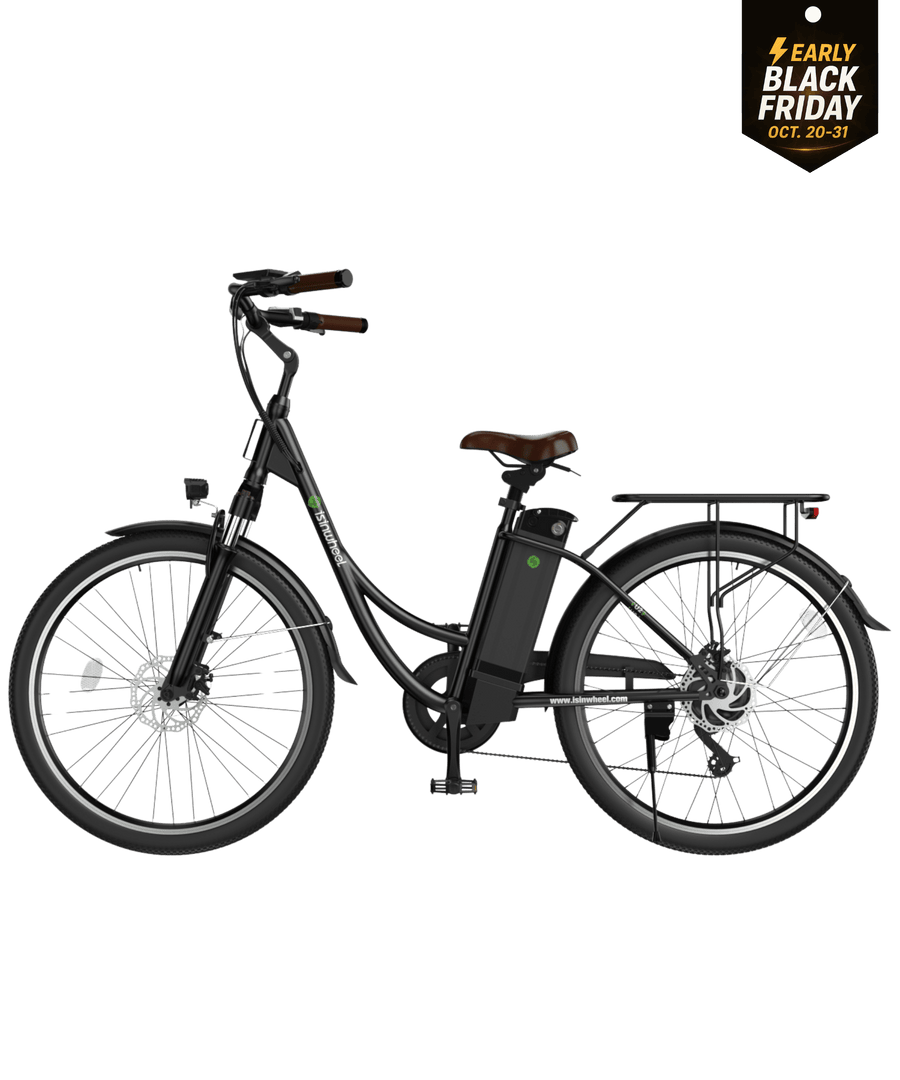
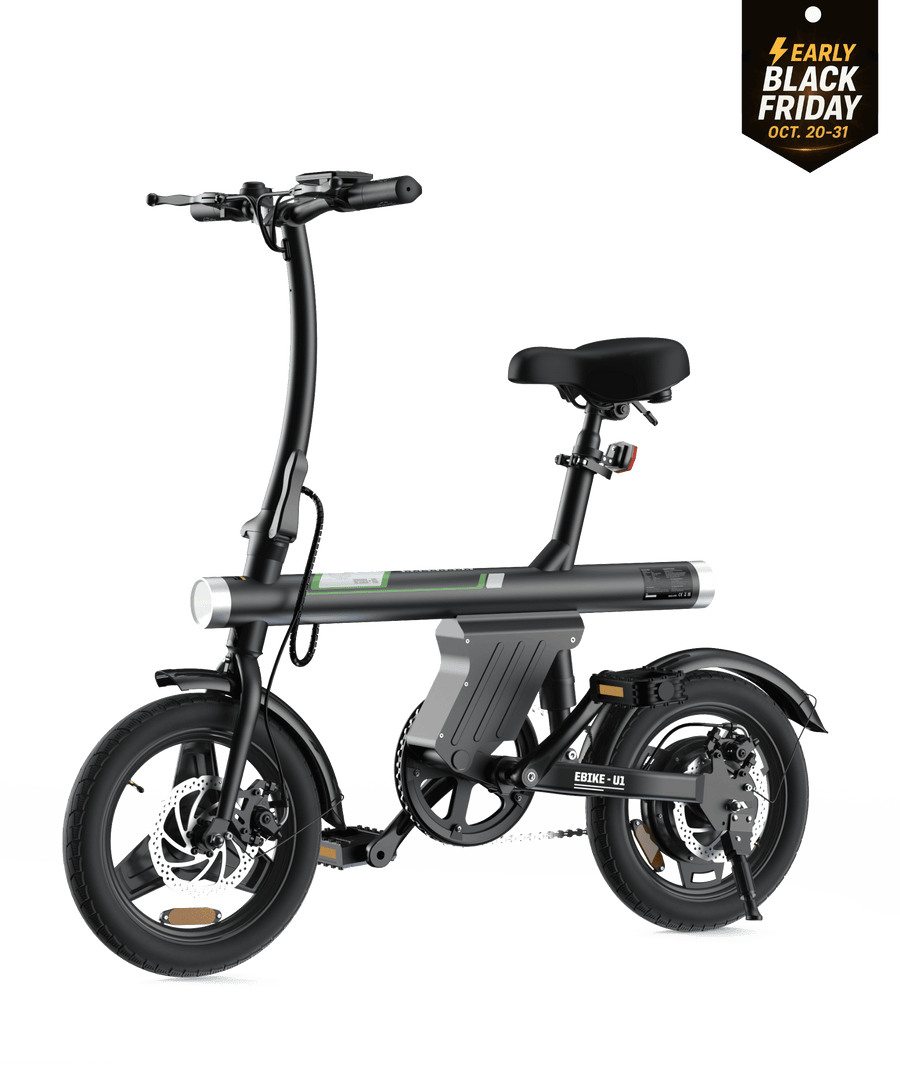
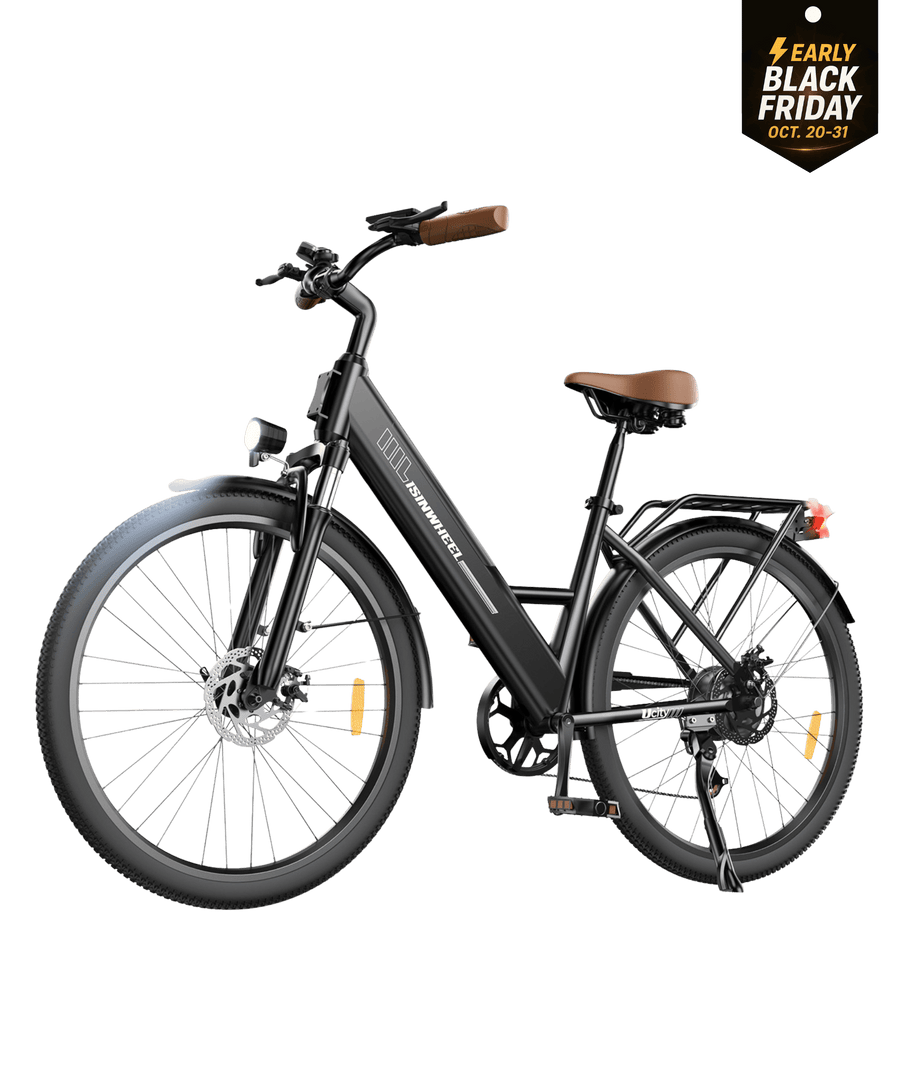
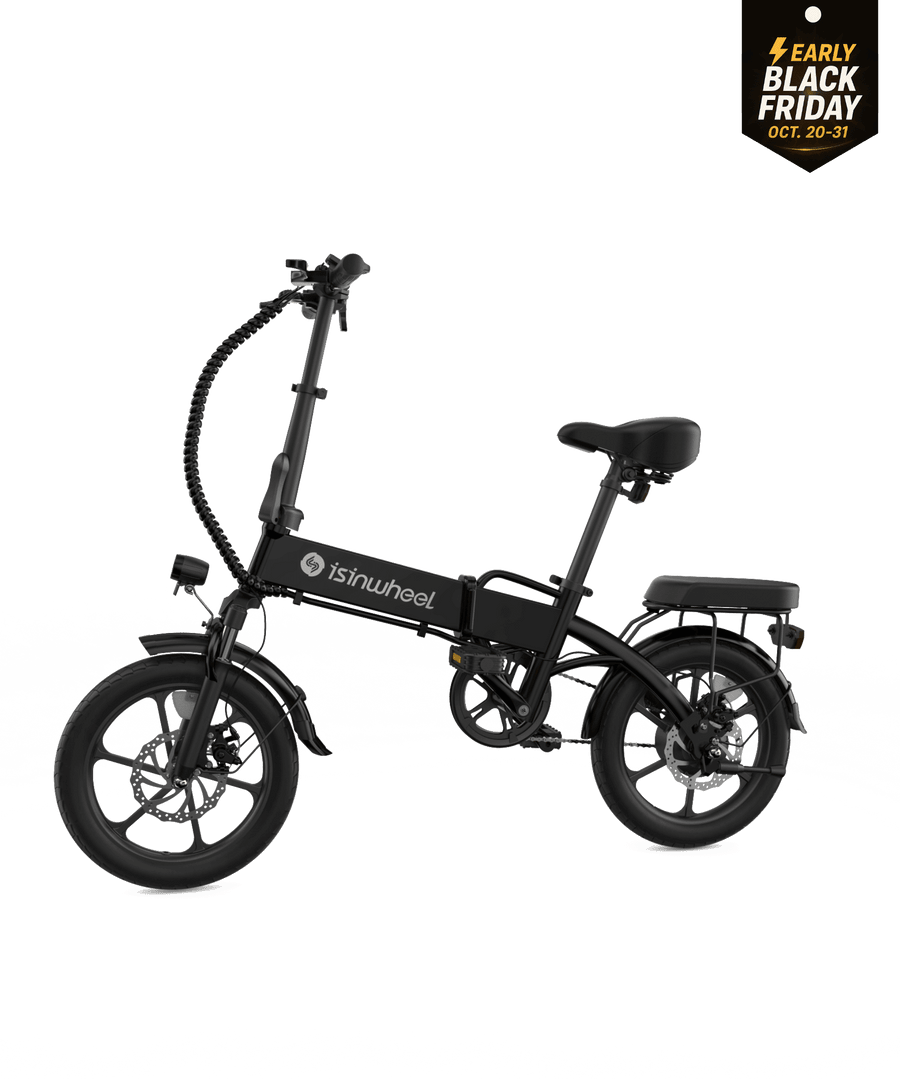
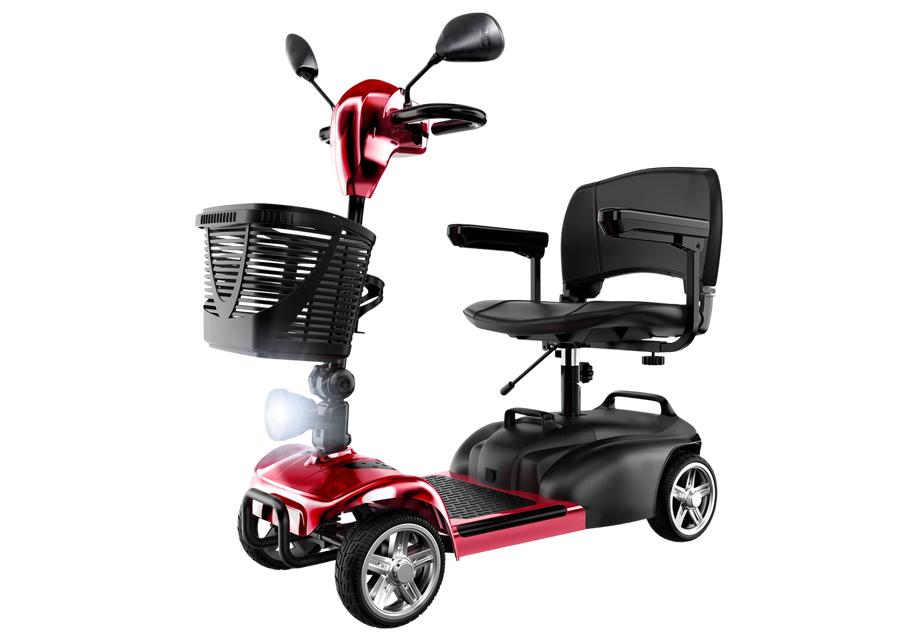
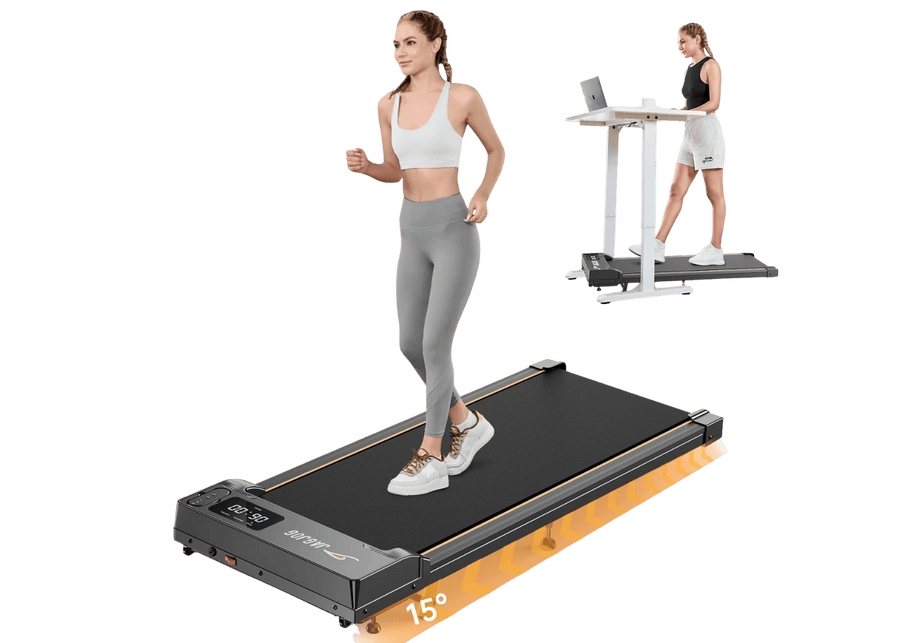
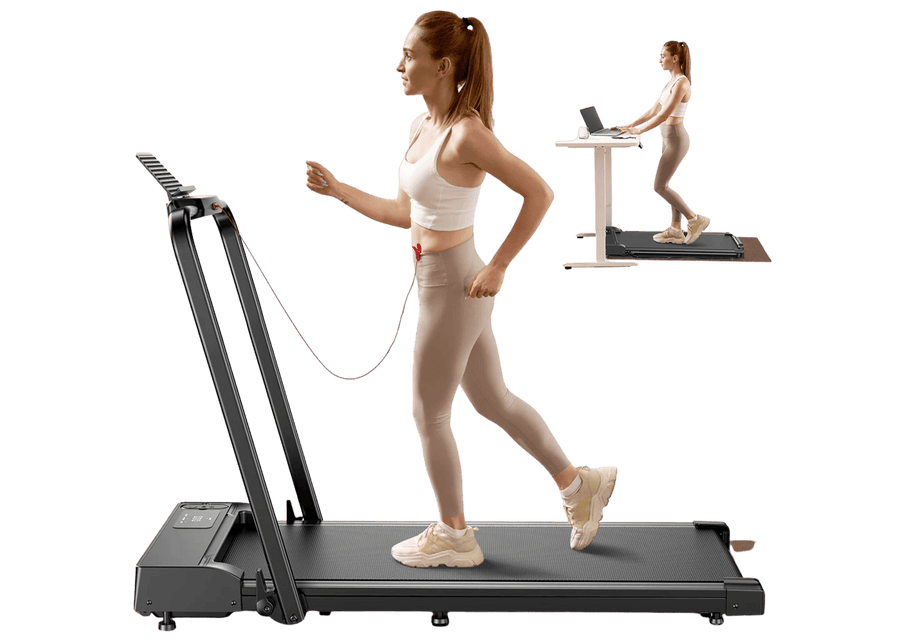
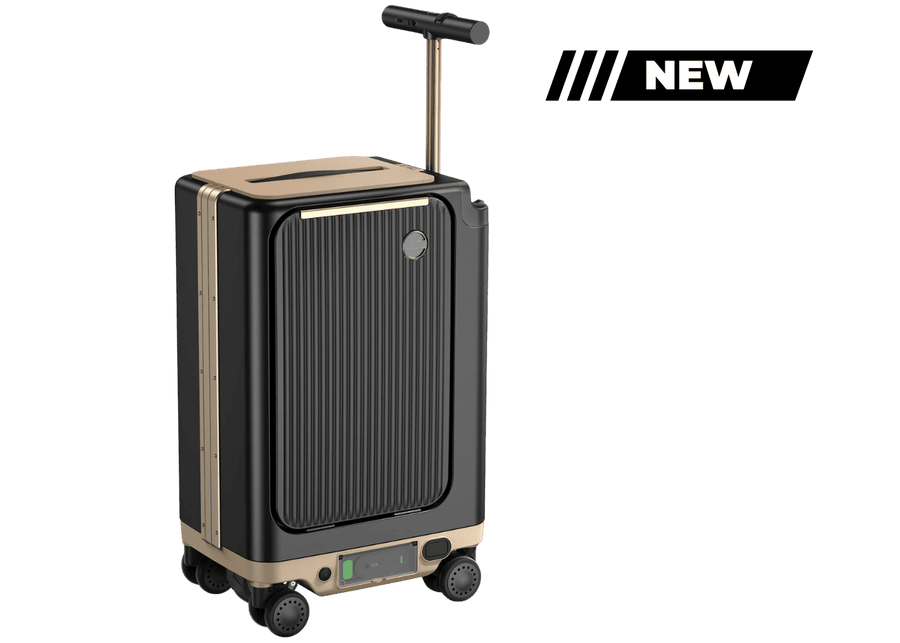




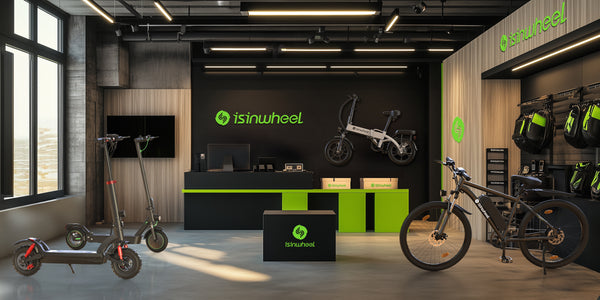
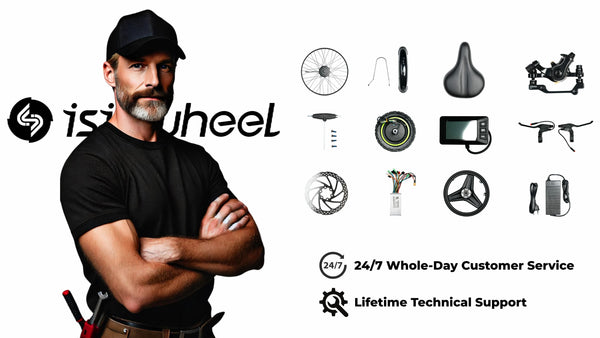










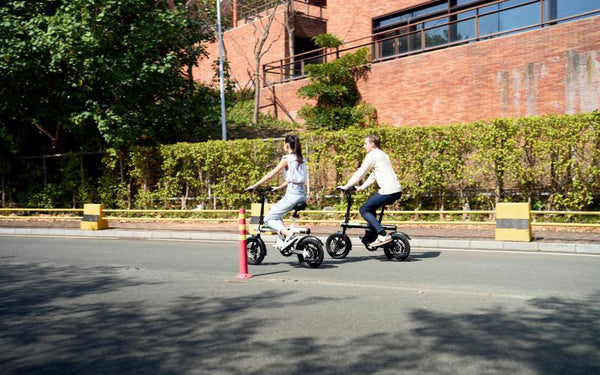
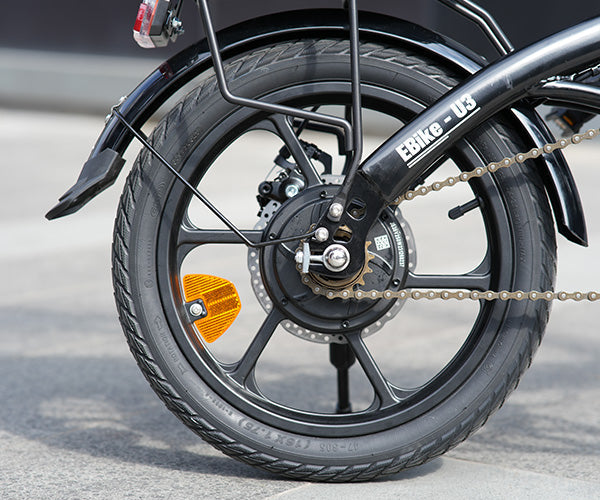

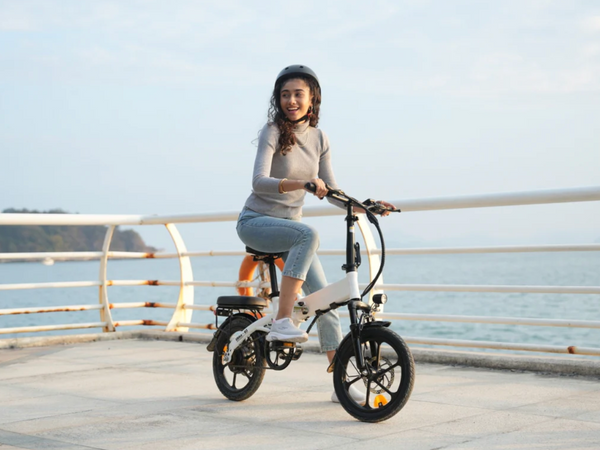
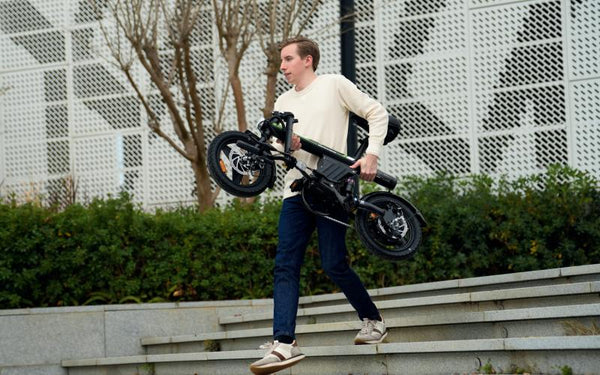
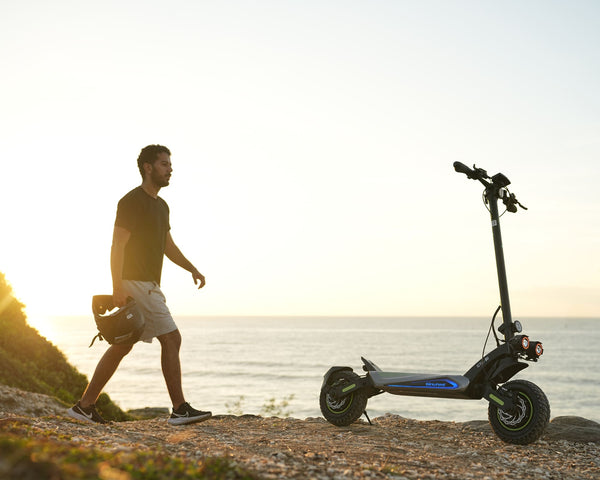
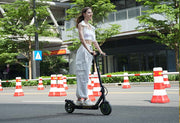
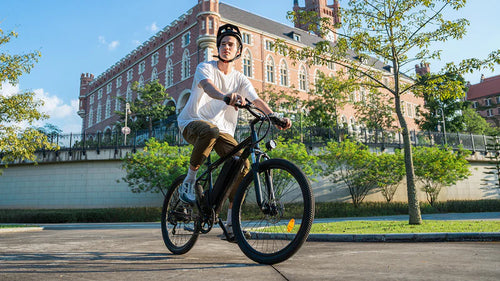
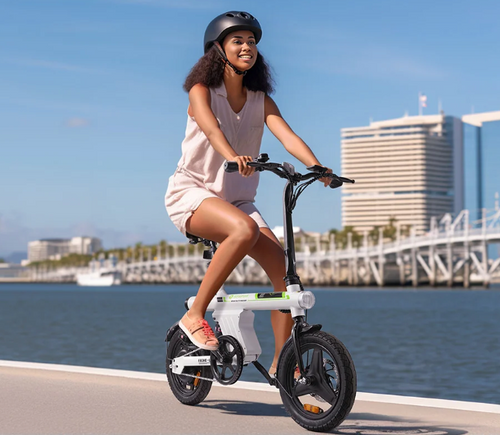
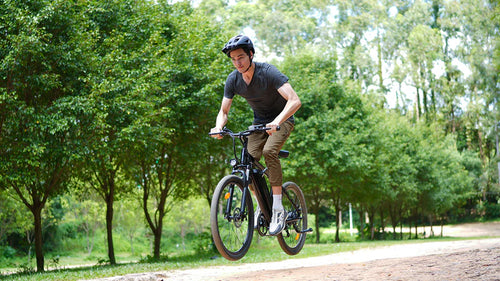
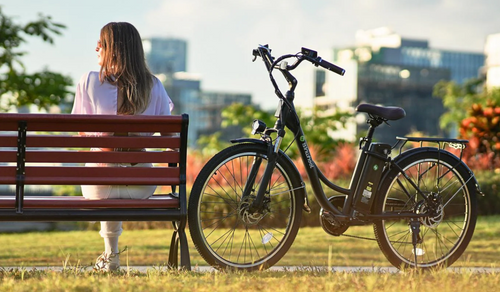
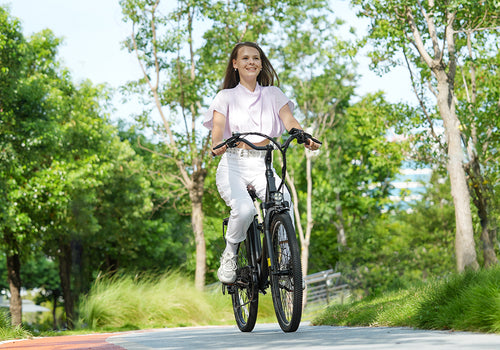
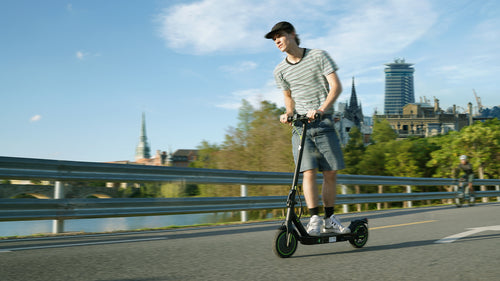

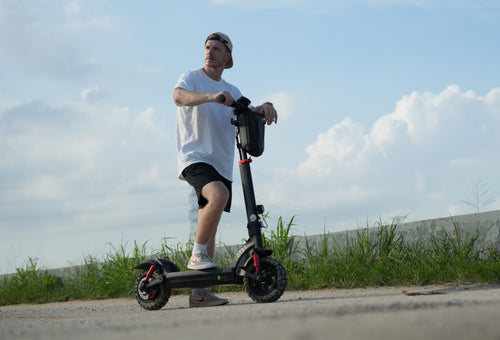
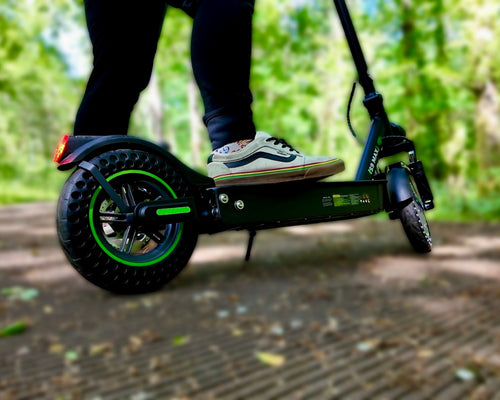
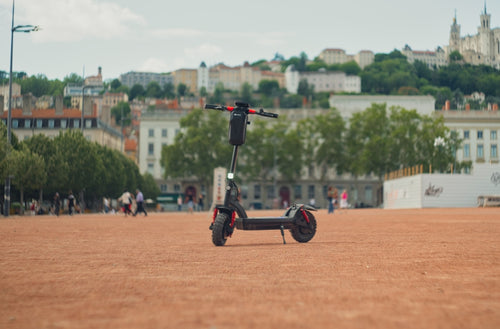
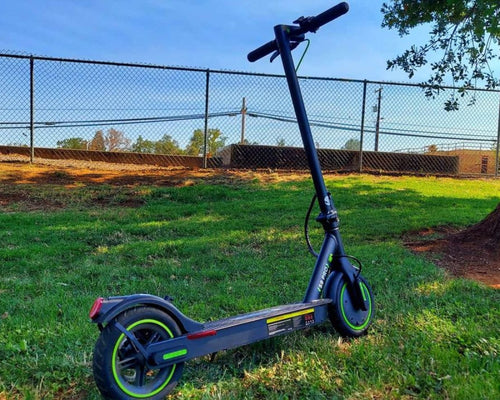





Leave a comment